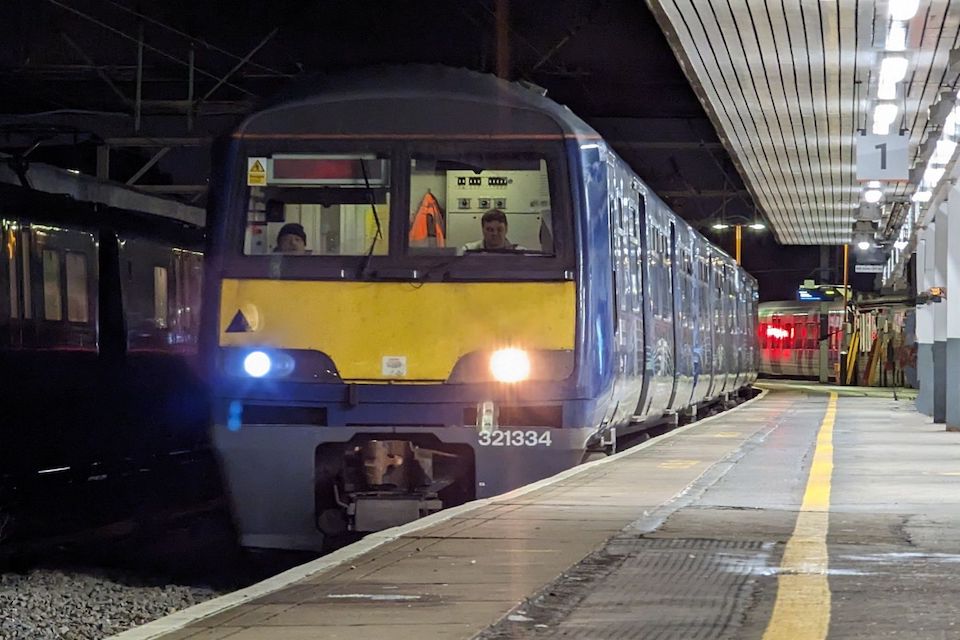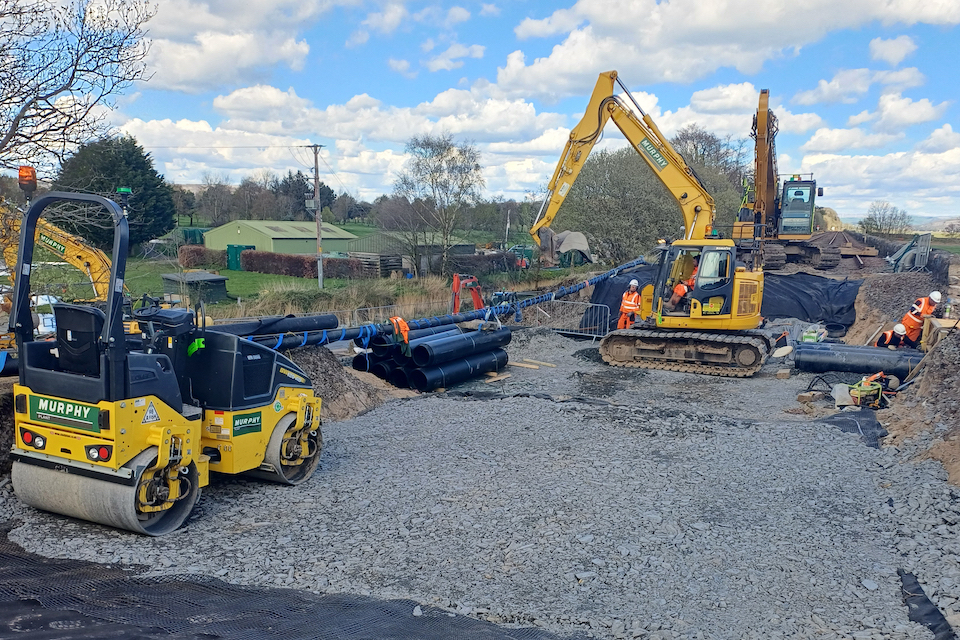Engineers from Network Rail, the British infrastructure agency, have had their work cut out. They have been flat out in their recovery and repair efforts following the train derailment that occurred in Grange-over-Sands on Friday, 22 March 2024. The incident, involving a Northern-operated train, initially garnered minimal media attention. However, it has since proven to be a complex endeavour to rectify. Services are finally set to resume today, exactly a month later (Monday, 22 April).
It seemed, at the time, a routine, if deeply unwelcome, derailment incident. It has proved nothing of the sort. In addition to the train recovery, the operation has required significant infrastructure attention. Repairs included reinstating an embankment and attending to a nearby void that opened up under the railway. According to Network Rail engineers, the final phase involved relaying the ballast and track, and running some test trains. Completion of the work is expected in time for a Monday resumption.
Significant infrastructure repair works
Phil James, Network Rail North West route director, expressed gratitude to the community. He acknowledged their patience during the intricate investigation and recovery process. He also emphasised the dedication of the engineering team. They have worked swiftly to repair and reopen the railway. Services are expected to resume today between Lancaster and Barrow-in-Furness. That’s probably just in time for the May public holiday and the traditional network closures for slightly more planned maintenance tasks.

Northern’s regional director, Craig Harrop, highlighted the significance of resuming rail services. “This is an important milestone in the infrastructure repair works that were needed in order for our services to safely resume”, he said. “We look forward to Network Rail re-opening the line. [Now] we can operate through rail services and re-connect our customers with the rest of our network.”
Frustration of passengers
The derailment caught less attention than other, higher-profile incidents. Among them was the hugely disruptive freight derailment at West Ealing a week later. That proved technically much easier to resolve but massively upset services. At Grange-over-sands, the recovery efforts were much harder. Engineers faced additional challenges, including the discovery of a void in the ground approximately 150 meters from the derailment site. Network Rail is collaborating with the Rail Accident Investigation Branch (RAIB) to ascertain the cause of both the void and the train derailment. The correlation, if any, between the two incidents remains part of that investigation.

Chris Pye, Network Rail’s North West route infrastructure director, acknowledged the frustration of passengers affected by the disruption. He reassured commuters of the industry’s concerted efforts to provide alternative transportation through rail replacement buses while working diligently to restore the railway for both passenger and freight services.
Nuclear trains still active
The recovery process has involved the use of specialist cranes to re-rail and remove the train, repairs to the ground, and the installation of new ballast and track over the affected area. Despite the complexity of the situation, Network Rail say they and their partners remain committed to ensuring the safety and efficiency of the railway network, prioritising the timely restoration of services. Even so, at the outset, no one predicted a month-long process.
Since 25 March, passenger trains on the southern section of the scenic Cumbrian Coast Line were suspended and replaced by buses. However, services have continued to run on most of the line between Carlisle and Barrow-in-Furness. Freight traffic on the line – mainly workings to the nuclear fuel reprocessing plant at Sellafield – was not greatly affected. The Cumbrian Coast Line is effectively a loop. While some trains may have to divert via Carlisle, other workings would normally route in that direction anyway, avoiding the blockage. All being well, it’s back to normal, in time for the scenic route to get on track and take full advantage of the seasonal uplift in patronage.